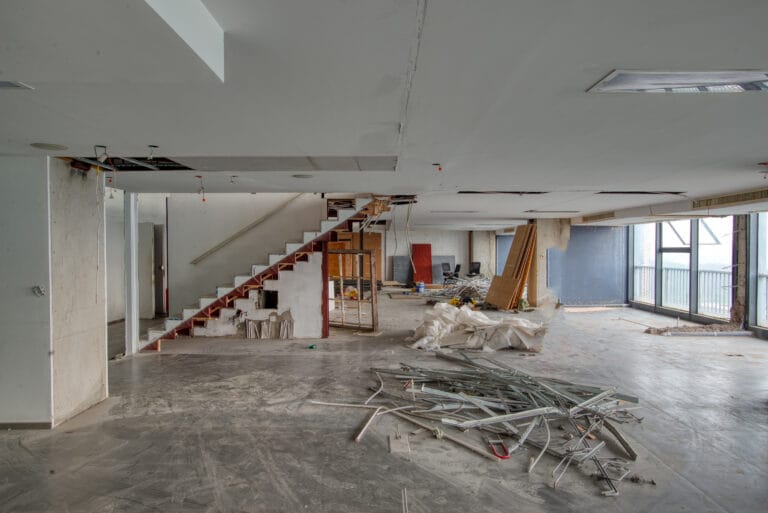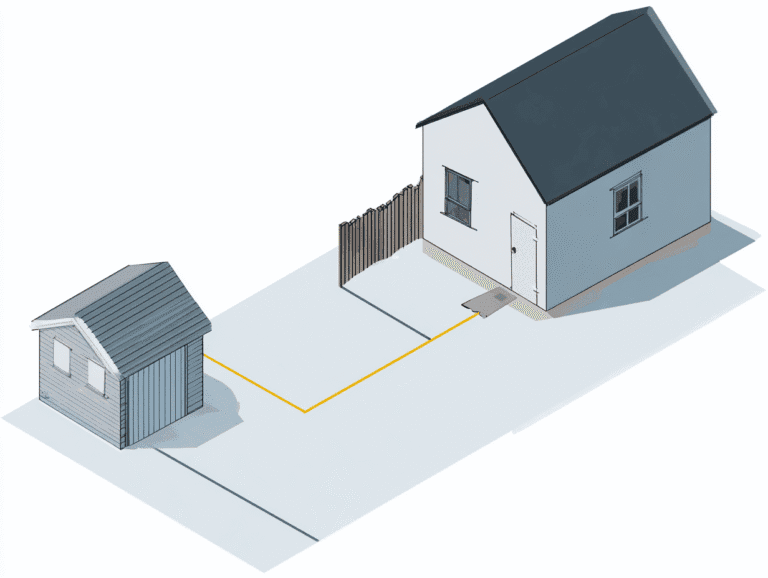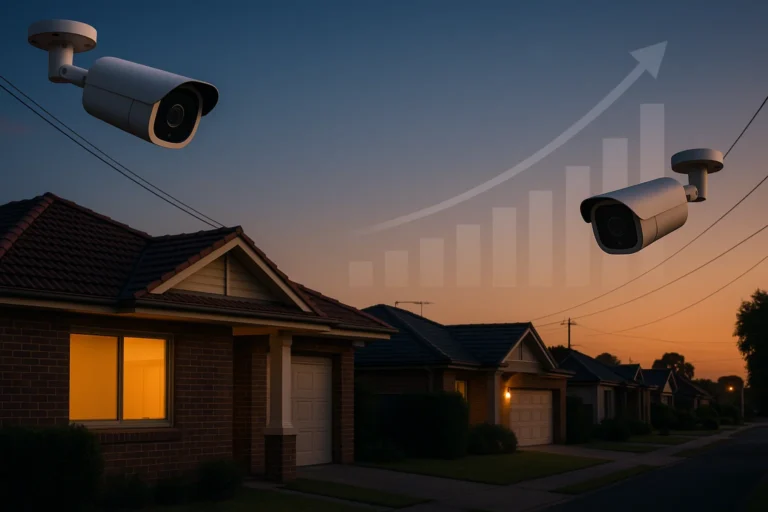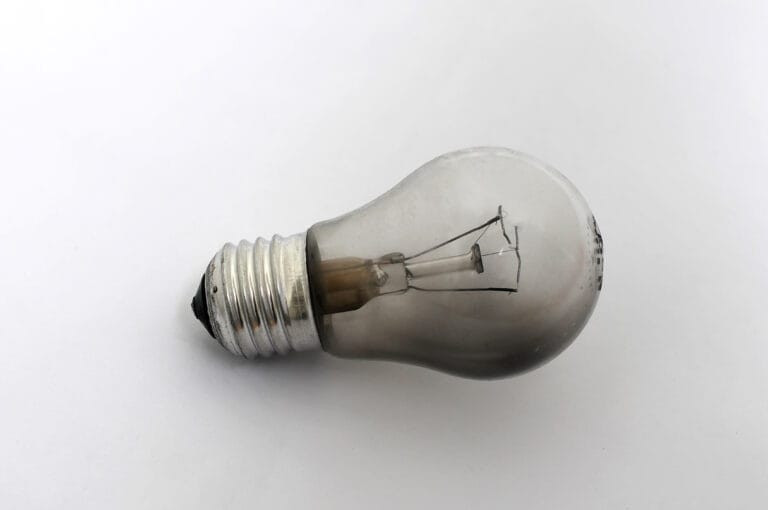A switchboard is the heart of your home’s electrical system. It directs power from your main supply to every outlet, appliance, and light—ensuring reliable distribution and immediate protection against electrical faults. Choosing the right switchboard for your home isn’t just about following rules; it’s a crucial decision that affects safety, energy efficiency, and future needs.
Why does this matter?
- Safety first: An old or small switchboard puts your family and property at risk. It’s essential to consider options like a safety switch to enhance protection.
- Efficiency counts: The best switchboards minimize outages, prevent overloads, and support today’s technology-driven lifestyles.
- Modern needs: Upgrades in appliances and smart home features demand strong switchboard solutions. In such cases, switchboard upgrades become necessary.
This guide—How to choose the right switchboard for your home: A simple buyer’s guide—cuts through technical jargon. You’ll learn how to identify what makes a modern switchboard safe and reliable, compare leading models, and get actionable tips for selecting the best fit for your unique setup.
Understanding Switchboards: Basics and Types
A switchboard is a critical component of your home’s electrical system. It serves as the central hub where electricity is distributed to various circuits throughout the house. Understanding the basics and types of switchboards can help you make an informed decision when choosing one for your home.
Definition and Components of a Switchboard
A switchboard typically includes:
- Switches: Control the flow of electricity to different circuits.
- Fuses/Circuit Breakers: Protect electrical circuits from overload by interrupting the flow of electricity in case of faults.
- Control Devices: May include meters, relays, and indicators that help monitor and manage electrical distribution.
How a Switchboard Distributes Electricity
Electricity enters your home through the main service panel, which then routes power to various circuits via the switchboard. Each circuit is connected to specific areas or appliances, ensuring that power is safely and efficiently distributed.
Different Types of Switchboards
Switchboards come in various designs tailored to different needs:
Enclosed vs Open
Enclosed Switchboards: Encased in a protective housing, ideal for residential use due to their safety features.
Open Switchboards: Exposed components suitable for industrial settings where accessibility for maintenance is crucial.
Fuse-Based vs Circuit Breaker Models
Fuse-Based Switchboards: Use fuses that need replacement after tripping.
Cricuit Breaker Models: Utilize resettable breakers, offering convenience and reliability.
Main Switchboards, Distribution Boards, and Meter Panels
Understanding the different types of panels helps in selecting the right setup:
Main Switchboards: The primary panel that receives power from the utility company. It distributes electricity to subsidiary circuits.
Distribution Boards: Sub-panels branching off from the main switchboard, distributing power to specific areas or systems within the home.
Meter Panels: Include metering devices used by utility companies to measure electricity usage.
Choosing between these switchboard types depends on your home’s electrical demands and layout preferences. Each type has unique advantages tailored to specific applications within residential settings.
Key Factors to Consider When Choosing a Switchboard for Your Home
Selecting the right switchboard means prioritizing safety compliance, meeting your home’s amperage power needs, and ensuring correct voltage requirements. Every decision impacts the day-to-day reliability and long-term protection of your household.
Safety Compliance Switchboard: Non-Negotiable Standards
Ignoring safety standards puts lives and property at risk. Always verify that your switchboard:
- Carries necessary certifications: Look for UL listing, NEC (National Electrical Code), NEMA ratings, or relevant local standards.
- Features robust construction: Corrosion-resistant enclosures, fire-retardant materials, and clear labeling are hallmarks of safe units.
- Prevents accidental contact: Quality models use shrouded terminals and insulated busbars to minimize shock risks.
A compliant switchboard is not just a box—it’s your home’s first line of defense against electrical hazards.
Calculating Amperage Power Needs: Planning for Today and Tomorrow
Underestimating your home’s electrical load leads to frequent trips or, worse, fire hazards. Reliable service starts with an accurate assessment:
- Add up current demand
- List all major appliances—HVAC, ovens, washers, dryers—and check their wattage or amperage.
- Factor in simultaneous use
- Homes rarely run every appliance at once, but plan for peak loads during busy periods.
- Future-proof your investment
- If you’re considering renovations or adding electric vehicles/solar panels later, select a switchboard with expansion capacity.
Example:
A typical modern home may require a 100–200 amp main switchboard; homes with large HVAC systems or workshops may need even more.
Voltage Requirements: Matching Your Supply
Australian residences commonly use 230V single-phase power; North America relies on 120/240V split-phase. Installing a switchboard rated for the wrong voltage creates operational failures and voids warranties.
- Check your utility supply: Confirm whether it’s single-phase or three-phase before purchase.
- Match ratings exactly: A mismatch can damage appliances and compromise safety features.
By combining adherence to strict safety standards, precise calculation of amperage power needs, and correct voltage requirements, you secure seamless performance from your home’s electrical system—today and as your needs evolve.
Types of Switchboards Explained for Home Use
Enclosed vs. Open Type Switchboards
Enclosed switchboard benefits:
- Safety: Enclosed switchboards protect users from live components, reducing the risk of electrical shock.
- Durability: They shield internal components from dust, moisture, and physical damage.
- Aesthetics: Enclosed units offer a cleaner, more organized look.
Open type switchboards may be less common in residential settings due to these safety and durability concerns.
Fuse-based Models vs. Circuit Breaker Models
Fuse-based switchboards:
- Cost-effective: Initial costs are generally lower.
- Simplicity: Easy to understand and replace fuses.
However, fuse-based systems can be inconvenient since replacing a blown fuse requires manual intervention.
Circuit breaker switchboards:
- Ease of reset: Circuit breakers can be reset with a simple flip of a switch.
- Reliability: They provide consistent protection against electrical faults.
- Advanced features: Modern circuit breakers may offer additional functionalities like ground fault protection and arc fault protection.
For homeowners prioritizing convenience and reliability, circuit breaker models are often the preferred choice.
Physical Considerations for Your Home Switchboard
Choosing the right switchboard for your home involves assessing physical constraints and ensuring optimal functionality.
Measuring Available Space for Installation
- Start by evaluating the available space where the switchboard will be installed. Accurate measurements are critical to avoid any fitting issues.
- Ensure there is enough clearance around the switchboard for safe operation and maintenance access.
Benefits of Modular or Sectional Designs
Modular switchboards offer significant advantages, especially in spaces with constraints:
- Flexibility: Modular designs can be tailored to fit unique spaces without compromising on capacity or safety.
- Scalability: They allow for future expansions, accommodating additional circuits as your power needs grow.
- Ease of Maintenance: Sectional units facilitate easier access for repairs or upgrades, minimizing downtime and disruption.
Switchboards should be strategically placed to balance accessibility and safety, ensuring efficient electrical distribution throughout your home.
When to Upgrade Your Home Switchboard
Knowing when to upgrade your switchboard is crucial for maintaining a safe and efficient electrical system. Here are some warning signs that suggest it’s time for an upgrade:
1. Frequent Circuit Trips
If your circuit breakers trip often, it could indicate an overloaded switchboard struggling to handle the electrical load.
2. Flickering Lights
Flickering or dimming lights can signal that your switchboard is under strain or there are faulty connections.
3. Insufficient Capacity
If your home has undergone renovations or you’ve added new high-demand appliances, your current switchboard might not be able to support the increased power demand.
Modern homes are filled with numerous electrical devices, from smart home systems to energy-intensive appliances like air conditioners and electric vehicles. Adding these items can push your existing switchboard beyond its capacity, leading to:
- Overheating: An overworked switchboard can overheat, posing a significant fire hazard.
- Inconsistent Power Supply: Inadequate capacity results in fluctuating power supply, affecting the performance and lifespan of your appliances.
Regular evaluations of your electrical needs versus the capabilities of your current switchboard ensure that you maintain a safe and efficient home environment.
Professional Installation and Maintenance Tips
Certified electrician installation stands as a non-negotiable requirement for every home switchboard. Relying on a licensed, qualified professional guarantees all electrical work meets strict safety codes and local regulations. Attempting a DIY installation or hiring an unqualified person exposes your home to severe risks—fire hazards, failed insurance claims, or even electrocution.
Why professional installation matters:
- Accurate load calculations prevent dangerous overloads.
- Expert wiring ensures secure connections and reliable operation.
- Compliance with standards (AS/NZS 3000, NEC, or local codes) protects your investment and family.
Regular maintenance of switchboards ensures your system continues operating safely year-round. A proactive approach catches wear-and-tear before it becomes a problem.
Establish a maintenance plan that includes:
- Annual inspections by a certified electrician: They’ll check for corrosion, loose connections, overheating marks, and component fatigue.
- Testing of safety switches (RCDs): Verifies life-saving devices are ready to respond instantly to faults.
- Immediate service calls if you notice burning smells, buzzing sounds, or heat from the panel.
How to choose the right switchboard for your home: A simple buyer’s guide always recommends prioritizing both professional installation and regular maintenance. These steps are critical for uninterrupted power and uncompromising safety in every household.
FAQs (Frequently Asked Questions)
What is the role of a switchboard in a residential electrical system?
A switchboard serves as the central point where electricity is distributed within a home. It houses switches, fuses or circuit breakers, and control devices to manage and protect electrical circuits, ensuring safe and efficient power distribution throughout your residence.
How do I choose the right switchboard for my home?
Choosing the right switchboard involves considering safety compliance with electrical codes like UL listing and NEC standards, calculating your home’s amperage and power needs including future expansion, matching voltage ratings to your incoming supply (typically 120/240V single phase), and selecting between types such as enclosed versus open or fuse-based versus circuit breaker models.
What are the differences between main switchboards, distribution boards, and meter panels?
The main switchboard is the primary control center distributing electricity to various parts of the home. Distribution boards branch off from the main board to manage specific circuits. Meter panels house the electric meter measuring consumption. Understanding these helps in selecting an appropriate system for your home’s layout and power requirements.
When should I consider upgrading my home switchboard?
Signs indicating it’s time to upgrade include frequent circuit trips, flickering lights, or insufficient capacity to handle new appliances or increased power demands. Upgrading ensures safety, prevents outages, and accommodates modern electrical needs efficiently.
What are the benefits of enclosed switchboards compared to open types for home use?
Enclosed switchboards offer enhanced safety by protecting internal components from dust and accidental contact, improving reliability. They also provide a cleaner appearance and can be designed modularly to fit limited spaces without compromising functionality.
Why is professional installation and regular maintenance important for home switchboards?
Hiring certified electricians ensures that installation complies with all safety codes and standards, reducing risks of electrical hazards. Routine inspections and maintenance keep the switchboard functioning safely and efficiently over time, preventing unexpected failures or safety issues.

